Rescued at the same time as the fungus-infected Minolta lens, the purchase of this camera was also a calculated risk. Most often, antique shop owners don’t know how to, or have the time to, check the full functionality of a camera body. This makes sense, as most antique buyers aren’t putting their purchases to use. Old film cameras are just meant to be looked at, not actually used in today’s digital world. As a result, this camera was jumbled with a bunch of other miscellaneous stuff and appeared non-functional. The mirror was locked in the up position and nothing else seemed to respond. I took a chance that it just had spent batteries, and the risk paid off.
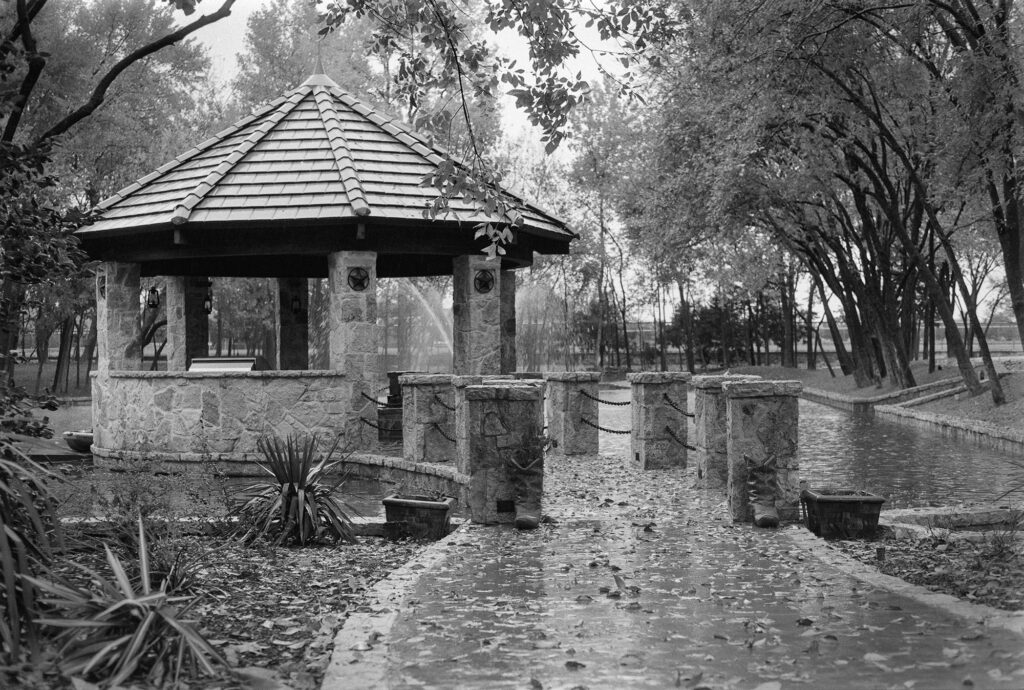
After it was all cleaned up, with new light seals and fresh batteries installed, it had a new lease on life. Electronic shutters are not my preference, but I have been lucky lately and avoided getting stuck with dead ones. I have enjoyed my OM-10 very much, but I missed having a fully manual mode (I have yet to buy a manual adapter for it). Strictly automatic cameras rely on the electronic meters and shutters to all be functioning within a narrow margin of error. When this black OM-2S came along, it gave me the manual mode I wanted. It is a beautiful camera and rounded out the kit nicely. Fortunately, I already had three 50mm f1.8 lenses plus a 75-150mm and 200mm lens for the OM system.
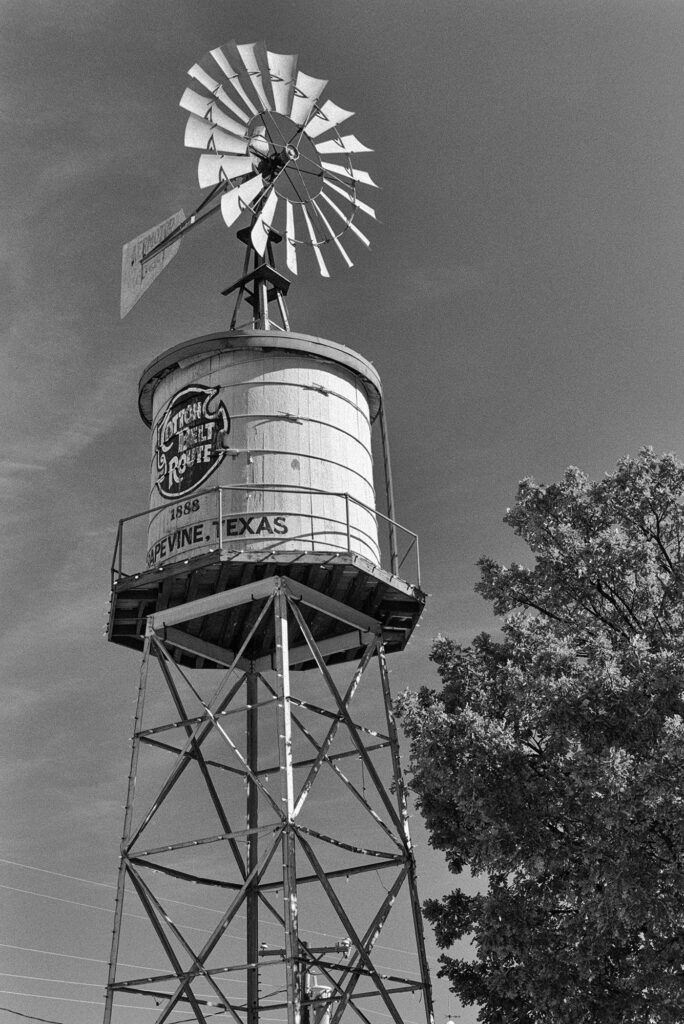
The Olympus OM model dynasty stretched from 1972 to 2009. The single-digit OMs, namely the OM-1, 2, 3 and 4 represented the “professional” grade whereas the double-digit models such as the OM-10, 20, 30, and 40 were built more as consumer grade options. The OM-2 boasted the first ever “off the film” metering system, which is still proving itself reliable and accurate. This particular variation, the OM-2S Program, was built between 1984 and 1988.
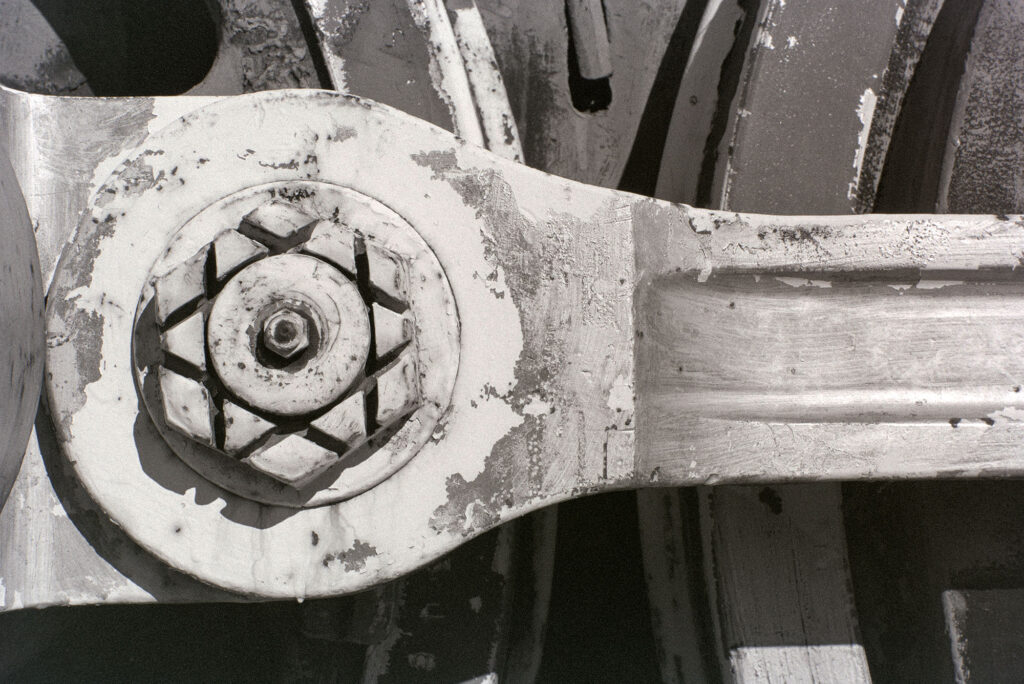
With three separate modes, the OM-2S gives me the flexibility I want in a camera body. “Program” mode gives the camera full control of exposure. “Auto” mode is an aperture-priority mode in which the photographer sets the preferred aperture and the camera picks the proper shutter speed. “Manual/Spot” mode gives me full manual control over the both shutter speed and aperture while spot-metering only inside the central microprism/split image area of the viewfinder.

Spot-metering can either be a liability or an asset. It is problematic if the photographer assumes that the meter reading is averaged over the entire scene or center-weighted like many contemporary cameras. Understanding that it only meters in a small central area of the scene, one can use it to make an informed decision on exposure. There are multiple ways of doing this. Proponents of Ansel Adams’ “Zone System” will appreciate spot metering to maximize shadow and highlight detail. I am more apt to use the Zone system in my medium and large format photography, but I don’t discount the value of a spot meter in the 35mm realm. For tricky lighting situations, I have a small gray card in my bag. I simply meter off of the gray card in the same light as my subject. This is not perfect for all scenarios, but it covers most situations quite well. When in doubt, bracket.

My “user experience” with the OM-2S has been very positive so far. It is small, light and ergonomically sound. Image quality of the lenses I have gathered so far has been excellent. I admit that it took a little time to get used to the placement of the shutter speed dial and the aperture ring, but I don’t find either to be a handicap. The viewfinder is large and bright, with a meter readout that is simple to understand and visually unobtrusive.

Features are pretty standard, with a couple of quirks (if one is used to a different system). The dial on the top (where many camera makers put the shutter speed control) is an exposure compensation dial, with settings for two stops under and over, in ⅓ stop increments. This allows for very fast and accurate bracketing or backlight compensation in any mode. The button on the top left side of the lens mount (facing camera) lights the meter display in the viewfinder.

There is an electronic self-timer which was hard for me to find at first. On the front of the camera body there is a red lens with a black tabbed collar around it. The collar must be lifted and rotated counter-clockwise (facing camera) just a little to engage the self-timer. The self timer stays engaged until the collar is returned to its center position. Lifting and rotating the collar the opposite direction turns off all audible signals.
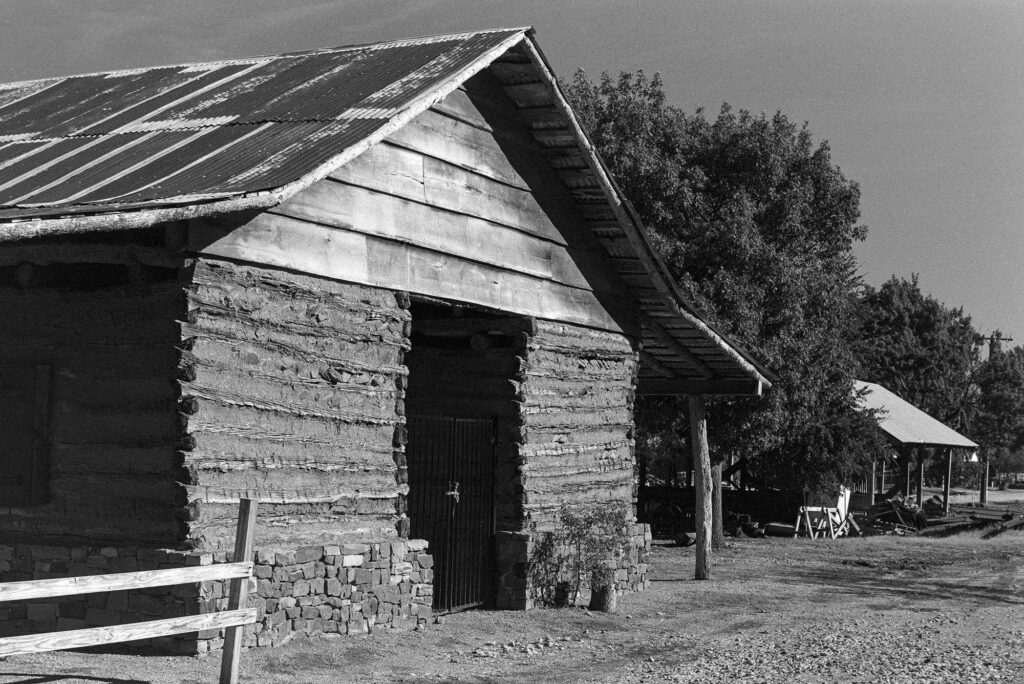
Another quirk is that on the shutter speed dial there are seemingly two settings for 1/60 second. One is in red, next to “B”, and the other is right where you’d expect it to be in the scale. The red “60” setting is a mechanical shutter release, for use when the batteries unexpectedly die. Of course, the preferred “Plan B” is to have extra batteries, but in a pinch, this will allow a photo to be taken without metering or electronic controls. It works in any mode. The shutter speed ring will not allow you to turn to the bulb or red 60 setting without pressing the tiny unlock button next to the PC socket at the bottom right of the lens mount. I found that setting the ring to the red 60 also shuts off the meter.
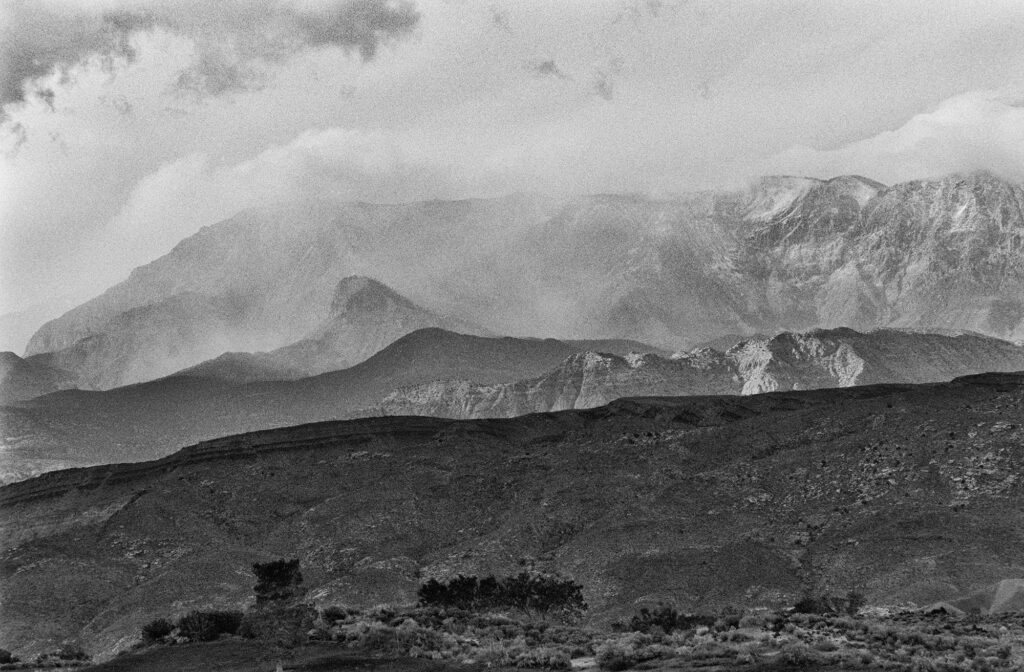
Other controls are pretty straightforward and easy to find. Since Olympus lenses often have a button to preview depth of field, it is unnecessary to have that switch on the body as well. The rewind button is on the camera top, conspicuously marked “R”. This must be pressed to disengage the film advance gear train and allow it to be rewound. Centered on the camera back is a holder for the cardboard tab from the film box. This serves two purposes: First, to remind you what type of film you are shooting. Second, to provide plausible deniability when somebody catches you instinctively looking at the back of the camera after taking a shot, expecting to see the digital preview image. “I, ummm, I was just making sure this was Delta 400…ummm…I love that film…”
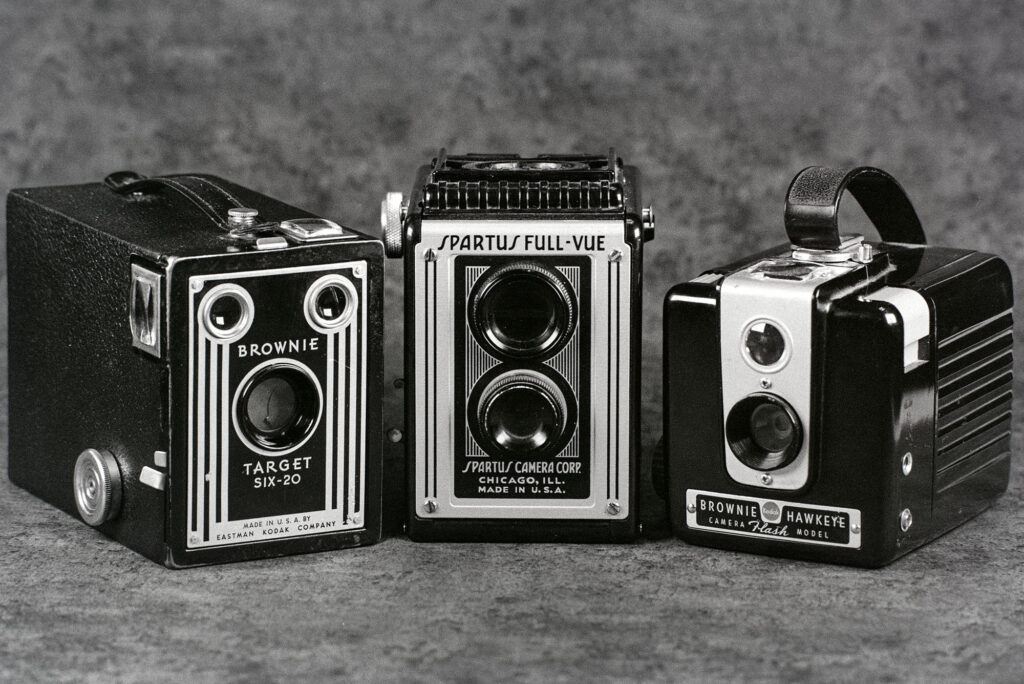
Specs as follows:
Designation: Olympus OM-2S Program 35mm SLR
Introduced: 1984
Lens mount: Olympus OM
Weight: 545g (1lb, 3.2oz)
Shutter: Focal Plane cloth shutter, electronically controlled
Manual shutter speed range: 1-1/1000 plus Bulb
Program/Auto shutter speed range: 1 minute to 1/1000 second
Modes: Full program, Auto (aperture priority) and Manual
Meter: Electronic, LED readout in viewfinder
Flash Sync: 1/60 second
Batteries: 2 x LR44 or equivalent
Hot shoe: Yes
PC socket: Yes
Self-Timer: Yes
Auto-Exposure Lock: no
DOF Preview: Yes, but on lens body

